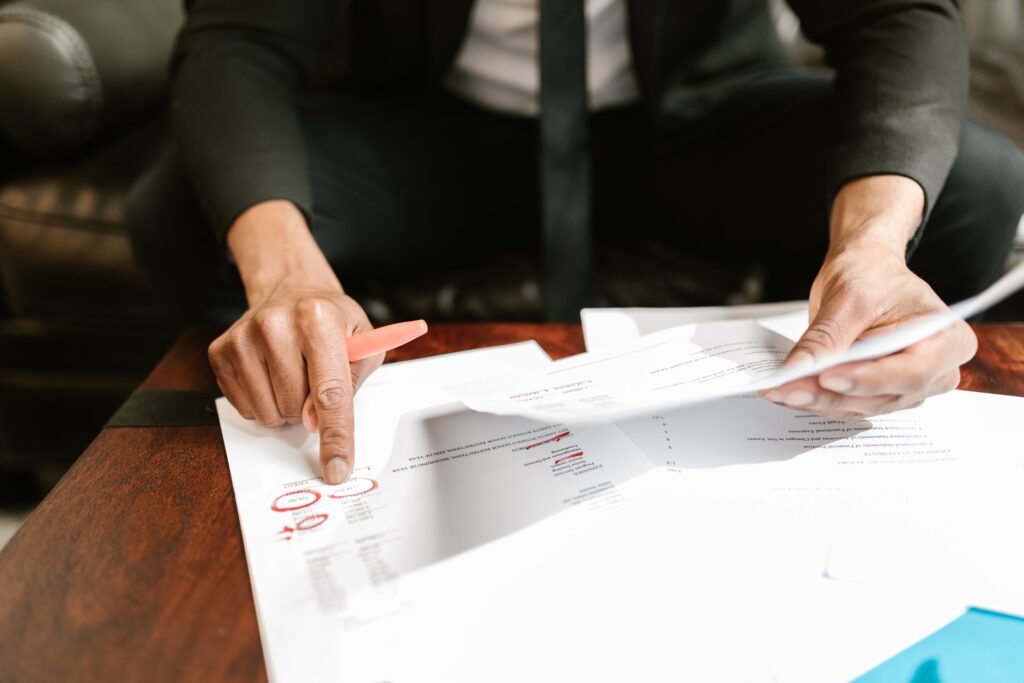Selling your product or service on credit results in debt that are owed to you. If you sell on cash on delivery (COD) then you will not have any outstanding debts or risk of debts not being recoverable. Always try and mitigate the chances of having to provide credit to your customer or client, even before customers can ask for it. This can be done by way of providing the customer with the option to pay via card machine with his credit card or having him sign a debit order mandate for collecting outstanding monies from his account.
Whenever you can, sell your product or service COD. If you have to sell on credit you must define your credit terms as well as do a proper financial health assessment of your customer or client. You should also actively manage credit limits and the collection of debt owed to you as this is one of the most important but overlooked areas of many businesses.
The following steps may help when a customer is late in paying a bill:
- You should make your credit terms clear to the customer before you start the job. When the job is finished, or the goods delivered, send the customer an invoice. This should state your credit terms clearly – for example, payment required within 30 days.
- If they don’t pay within 30 days, wait for a week and then send another invoice stating Payment is overdue – please pay within 14 days. Often a red sticker, with the word please on it, can be effective. You may also try calling your customer in person and ask for the outstanding money – remember to be firm, but polite.
- If there is still no payment after the 14 days, wait for another week and then write a formal letter saying that, unless full payment is made within seven days, you will be obligated to put the matter in the hands of your lawyer. So far, the process hasn’t cost you too much – only your time, postage, and stationery – but from here on it will cost you money.
- Go to your lawyer and ask him/her to write to your customer demanding payment within seven days and a warning of legal action to follow if no payment is received.
- If there is no response to your lawyers’ letter, you need to consider if it is worth taking things further. You can go to the small claims court (which is relatively inexpensive if you represent yourself), but even if you get a favorable judgment from the court, there can be difficulty with the enforcement of the judgment. This is where the expense really starts. Alternatively, if there is no response to your lawyer’s letter, you could put the debt in the hands of a debt collection agency that will charge you a percentage of anything it collects.







